Mozambique: Mining suspension awaits final decision from Ministry - AIM report
Mozambique: Cahora Bassa electricity production hits five-year high in 2023
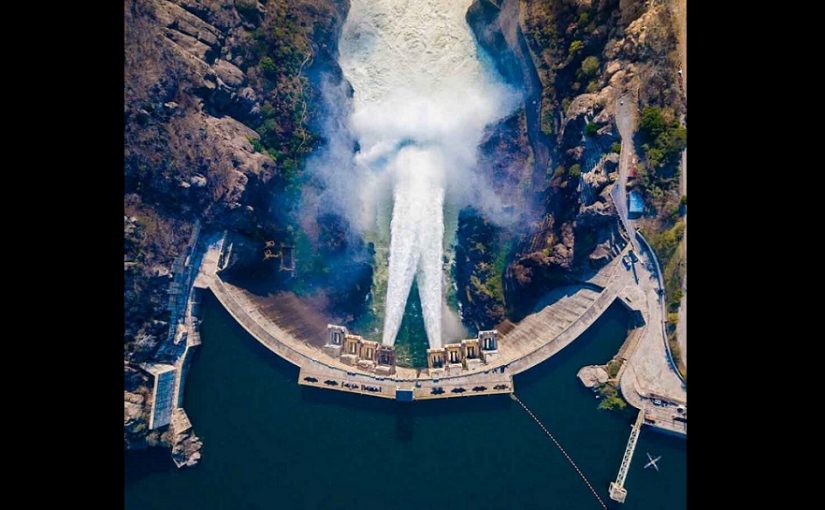
File photo: HCB
Mozambique’s Cahora Bassa Hydroelectric Plant (HCB) in 2023 hit a five-year peak in electricity production, which grew 2% compared to 2022 to 16,057.55 GigaWatt-hours (GWh), the company announced this Friday.
The HCB statement also notes that this hydroelectric production peak was 12.36% above the initial projections for 2023 and the 15,753.5 GWh produced in 2021.
“The annual production achieved until December 31, 2023 is the highest in the last five years and is the result of careful management, the dam’s water availability and the implementation of reinforced operation and permanent maintenance of hydropower generation and transport equipment,” HCB chairman Tomás Matola says in the statement.
At the end of 2023, water levels in the reservoir were 75% of useful capacity, “a value recommended by the rules for operating the dam and reservoir with regard to operational hydraulic safety”, the statement adds.
“This storage represents a considerable margin of the reservoir’s storage capacity, given possible high inflows from dams and other rivers upstream, at the peak of the rainy [season] that has just begun. This factor could make it possible to reduce possible negative impacts on riverside areas of the downstream districts, as occurred in early 2023, when the dam contributed significantly to flood mitigation in the Muturara and Caia regions,” the HCB goes on to highlight.
The chairman of the board of directors also explains that the company invoiced, to its main customers, “considerable amounts coinciding with hydro energy production and tariff review for foreigners”.
“Profit forecasts point to figures that will allow the company to honour its commitments to the State and suppliers of equipment, goods and services necessary for the enterprise. The prospects for 2024 indicate a consolidation of HCB’s main financial indicators, which will reinforce the position strategic role of the company as a key element for development and the national economy,” Matola says.
At the end of 2022, according to the latest available data, HCB had 780 employees and recorded profits of 9,207 million meticais (€131.6 million), an increase of 9.3% compared to 2021.
Commercial operation of the dam began in 1977, with the transmission of the first 960 MegaWatts (MW) produced by three generators, compared to the current installed capacity of 2,075 MW, HCB figures reveal.
Two milestones later made the ‘Mozambicanization’ of the enterprise possible, after Mozambique’s independence, company literature recalls.
The first occurred on October 31, 2006, with the signing of the protocol for the reversal and transfer of control from Portugal to the Mozambican state, and the second materialized a year later on November 27, 2007, with the completion of the reversal.
The HCB reversion agreement allowed control of the dam to pass from the Portuguese state to Mozambique, in an event described by the then Mozambican head of state, Armando Guebuza, as the “second independence of Mozambique”.
The Cahora Bassa reservoir is the fourth largest in Africa, with a maximum extension of 270 kilometres in length and 30 kilometres between banks, occupying around 2,700 square kilometres at an average depth of 26 metres.
The dam is installed in a narrow gorge of the Zambezi River and its construction took place from 1969 to June 1, 1974, when filling of the reservoir began.
Given the growing demand for electricity in the region, HCB in August of last year acknowledged the “reactivation” of a new plant project to the north.




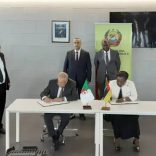
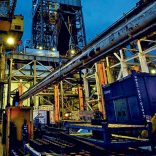

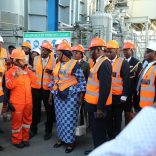
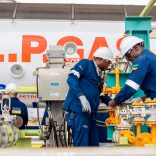



Leave a Reply
Be the First to Comment!
You must be logged in to post a comment.
You must be logged in to post a comment.